When Sunlight falls on small water droplets suspended in air during or after a rain, it suffers
. If an observer has the Sun at the back and water droplets in front of himself, then the person may see two rainbows one inside the other. The inner one is called primary rainbow and the outer one is called the secondary rainbow.
A ray of light when passing from air to water suffers refraction, TIR and again refraction. Dispersion takes place at both refractions. It turns out that rays of a given colour are strongly returned by a droplet in a direction tat corresponds to maximum deviation in its path. For red light, the max deviation is 137.8°. So the light comes out of the droplet at an angle of 180°-137.8°= 42.2°. This angle for violet is 40.6°.
The order of colours is Violet, Indigo, Blue, Green, Yellow, Orange & Red inside out. This is the primary rainbow.
The secondary rainbow is formed by rays which suffer two TIRs before coming out of the drop. Therefore, the order of colours in reversed.
Multiple rainbows:
Although most people will not notice it because they are not actively looking for it, a dim secondary rainbow is often present outside the primary bow. Secondary rainbows are caused by a double reflection of sunlight inside the raindrops, and appear at an angle of 50–53°. As a result of the second reflection, the colours of a secondary rainbow are inverted compared to the primary bow, with blue on the outside and red on the inside. The secondary rainbow is fainter than the primary because more light escapes from two reflections compared to one and because the rainbow itself is spread over a greater area of the sky. The dark area of unlit sky lying between the primary and secondary bows is called Alexander's band, afterAlexander of Aphrodisias who first described it.
Very dim tertiary (triple) and even quaternary (quadruple) rainbows have been photographed. These are caused by triple or quadruple reflections of sunlight inside the raindrops. Such rainbows appear on the same side of the sky as the sun, at about 40° from the sun for tertiary and 45° from the sun for quaternary rainbows. It is difficult to see these types of rainbows with the naked eye because of the sun's glare.
Higher-order rainbows were described by Felix Billet (1808–1882) who depicted angular positions up to the 19th-order rainbow, a pattern he called a "rose of rainbows". In the laboratory, it is possible to observe higher-order rainbows by using extremely bright and well collimated light produced by lasers. Up to the 200th-order rainbow was reported by Ng et al. in 1998 using a similar method but an argon ion laser beam.[
Supernumerary rainbow:
A supernumerary rainbow—also known as a stacker rainbow—is an infrequent phenomenon, consisting of several faint rainbows on the inner side of the primary rainbow, and very rarely also outside the secondary rainbow. Supernumerary rainbows are slightly detached and have pastel colour bands that do not fit the usual pattern.
It is not possible to explain their existence using classical geometric optics. The alternating faint rainbows are caused by interference between rays of light following slightly different paths with slightly varying lengths within the raindrops. Some rays are in phase, reinforcing each other through constructive interference, creating a bright band; others are out of phase by up to half a wavelength, cancelling each other out through destructive interference, and creating a gap. Given the different angles of refraction for rays of different colours, the patterns of interference are slightly different for rays of different colours, so each bright band is differentiated in colour, creating a miniature rainbow. Supernumerary rainbows are clearest when raindrops are small and of similar size. The very existence of supernumerary rainbows was historically a first indication of the wave nature of light, and the first explanation was provided by Thomas Young in 1804.
Tertiary and quaternary rainbows
In addition to the primary and secondary rainbows seen in a direction opposite to the sun, it is also possible (but very rare) to see two faint rainbows in the direction of the sun. These are the tertiary and quaternary rainbows, formed by light that has reflected three and four times within the rain drops, respectively. Photographic evidence for the tertiary and quaternary rainbows was published, apparently for the first time, in 2011.
Reflected rainbow, reflection rainbow:
When a rainbow appears above a body of water, two complementary mirror bows may be seen below and above the horizon, originating from different light paths. Their names are slightly different. A reflected rainbow will appear as a mirror image in the water surface below the horizon, if the surface is quiet (see photo above). The sunlight is first deflected by the raindrops, and then reflected off the body of water, before reaching the observer. The reflected rainbow is frequently visible, at least partially, even in small puddles.
Where sunlight reflects off a body of water before reaching the raindrops, it may produce areflection rainbow (see photo at the right), if the water body is large, quiet over its entire surface, and close to the rain curtain. The reflection rainbow appears above the horizon. It intersects the normal rainbow at the horizon, and its arc reaches higher in the sky, with its centre as high above the horizon as the normal rainbow's centre is below it. Due to the combination of requirements, a reflection rainbow is rarely visible.
Six (or even eight) bows may be distinguished if the reflection of the reflection bow, and the secondary bow with its reflections happen to appear simultaneously.
Monochrome rainbow:

An unenhanced photo of a red (monochrome) rainbow.
Occasionally a shower may happen at sunrise or sunset, where the shorter wavelengths like blue and green have been scattered and essentially removed from the spectrum. Further scattering may occur due to the rain, and the result can be the rare and dramatic monochrome rainbow.
Rainbows under moonlight (Moonbows) are often perceived as white and may be thought of as monochrome. The full spectrum is present but our eyes are not normally sensitive enough to see the colours. So these are also classified (on the basis of how we see them) into seven coloured rainbow, three coloured rainbow and monochrome rainbow. Long exposure photographs will sometimes show the colour in this type of rainbow.
Circumhorizontal arc
The circumhorizontal arc is sometimes referred to by the misnomer "fire rainbow". As it originates in ice crystals, it is not a rainbow but a halo.
Rainbows on Titan
It has been suggested that rainbows might exist on Saturn's moon Titan, as it has a wet surface and humid clouds. The radius of a Titan rainbow would be about 49° instead of 42°, because the fluid in that cold environment is methane instead of water. A visitor might need infrared goggles to see the rainbow, as Titan's atmosphere is more transparent for those wavelengths.

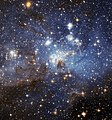










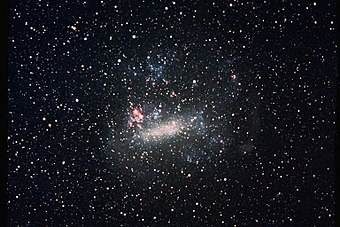

.jpg)

 .
. .
. when
when  90° and thus
90° and thus  . The resulting value of
. The resulting value of 
 .
. is greater than 1, then arcsine is not defined—meaning that total internal reflection does not occur even at very shallow or grazing incident angles.
is greater than 1, then arcsine is not defined—meaning that total internal reflection does not occur even at very shallow or grazing incident angles.

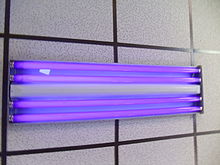
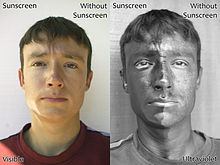

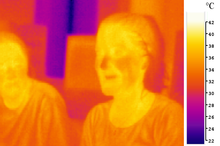








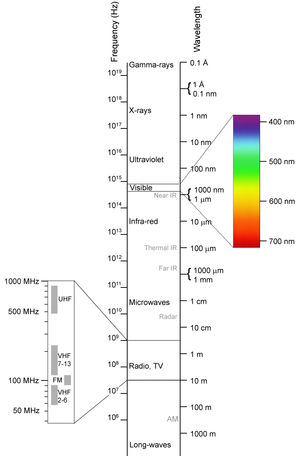




.jpg)
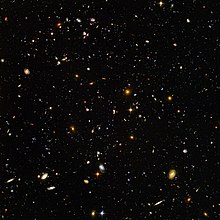


.jpg)




